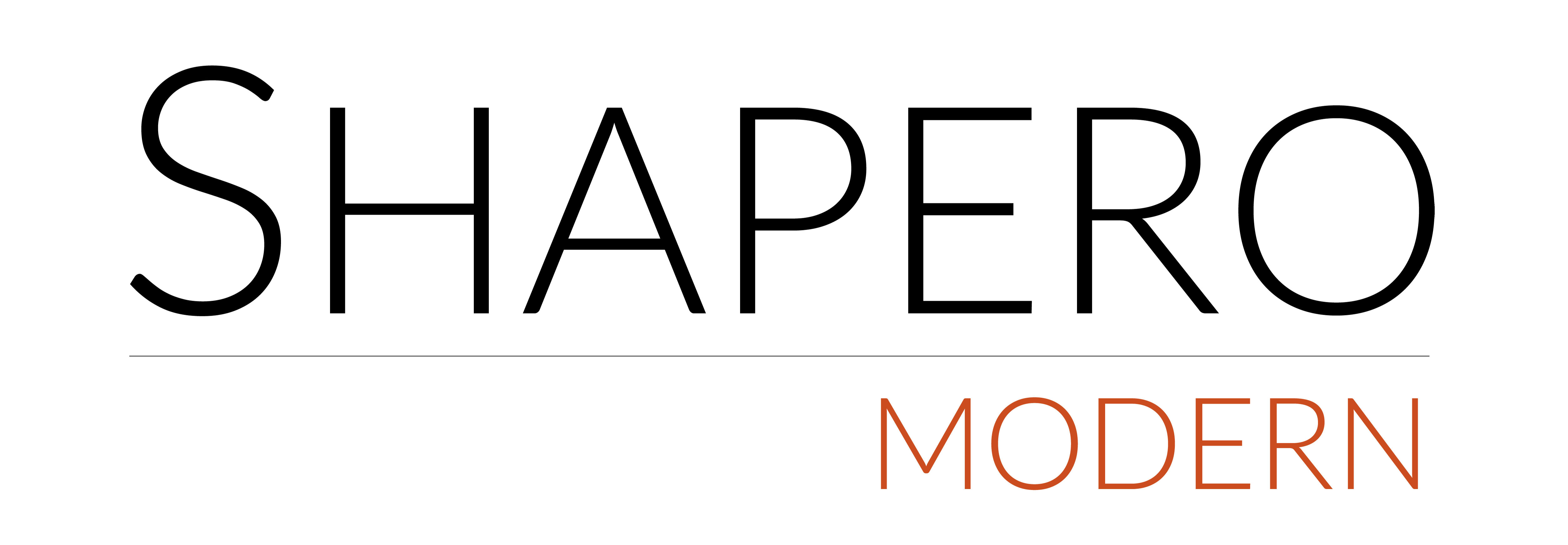Claes Oldenburg
Broken Button, 1981
Dyed and cast paper, screenprint on board, wood, Plexiglass
Overall: 413 x 362 x 165 mm ( 16¼ x 14¼ x 6½ in.)
Signed, dated, and numbered in pencil on base, from the edition of 100
108174
£ 10,500.00
Dyed and cast paper, screenprint on board, wood, Plexiglass, 1981, signed, dated, and numbered in pencil on base, from the edition of 100 (there are also 14 artist’s proofs and...
Dyed and cast paper, screenprint on board, wood, Plexiglass, 1981, signed, dated, and numbered in pencil on base, from the edition of 100 (there are also 14 artist’s proofs and 8 additional proofs), published by Multiples Inc., New York, overall: 413 x 362 x 165 mm ( 16¼ x 14¼ x 6½ in.)
Claes Oldenburg’s Statement on Broken Button (Claes Oldenburg: The Multiples Store, 1996, p. 46):
‘When I began printmaking in 1968 at Gemini G.E.L., there was little emphasis on paper, which I remember being sliced from large rolls. By the early 1970s one heard criticism of a “flat” look and handmade paper manufacturers began to appear. By the 1980s paper itself had become sculptural. Though I had tried to carry prints toward the level of objects from the beginning. Broken Button was my only attempt to do so in cast paper.
I had been asked to make a piece for the Institute of Contemporary Art in Philadelphia, which is located on the University of Pennsylvania campus where my wife Coosje and I were to place one of our large-scale projects, Split Button, in front of the library in June 1981. The subject was appropriate for a relief print and the Bummy Huss paper molders and printmakers were conveniently near my New York studio. The concept was to make a version of the sort of model for a large-scale work that Coosje and I present to a commissioning group at the beginning of a project. There would be two colors, kept as distinct as possible in medium, one for the precise part of the button, laid up over a wood form, the other with a rougher effect to indicate the grass around it. To suggest the scale of a model the piece would be attached to a silk-screened imitation of a discarded slab of wood such as I usually find in the studio to mount our presentation models. Broken Button can be shown vertically or horizontally.’
Claes Oldenburg’s Statement on Broken Button (Claes Oldenburg: The Multiples Store, 1996, p. 46):
‘When I began printmaking in 1968 at Gemini G.E.L., there was little emphasis on paper, which I remember being sliced from large rolls. By the early 1970s one heard criticism of a “flat” look and handmade paper manufacturers began to appear. By the 1980s paper itself had become sculptural. Though I had tried to carry prints toward the level of objects from the beginning. Broken Button was my only attempt to do so in cast paper.
I had been asked to make a piece for the Institute of Contemporary Art in Philadelphia, which is located on the University of Pennsylvania campus where my wife Coosje and I were to place one of our large-scale projects, Split Button, in front of the library in June 1981. The subject was appropriate for a relief print and the Bummy Huss paper molders and printmakers were conveniently near my New York studio. The concept was to make a version of the sort of model for a large-scale work that Coosje and I present to a commissioning group at the beginning of a project. There would be two colors, kept as distinct as possible in medium, one for the precise part of the button, laid up over a wood form, the other with a rougher effect to indicate the grass around it. To suggest the scale of a model the piece would be attached to a silk-screened imitation of a discarded slab of wood such as I usually find in the studio to mount our presentation models. Broken Button can be shown vertically or horizontally.’
Literature
Multiples Store 19; Multiples in Retrospect 19; Axsom and Platzker 175Join our mailing list
* denotes required fields
We will process the personal data you have supplied to communicate with you in accordance with our Privacy Policy. You can unsubscribe or change your preferences at any time by clicking the link in our emails.

